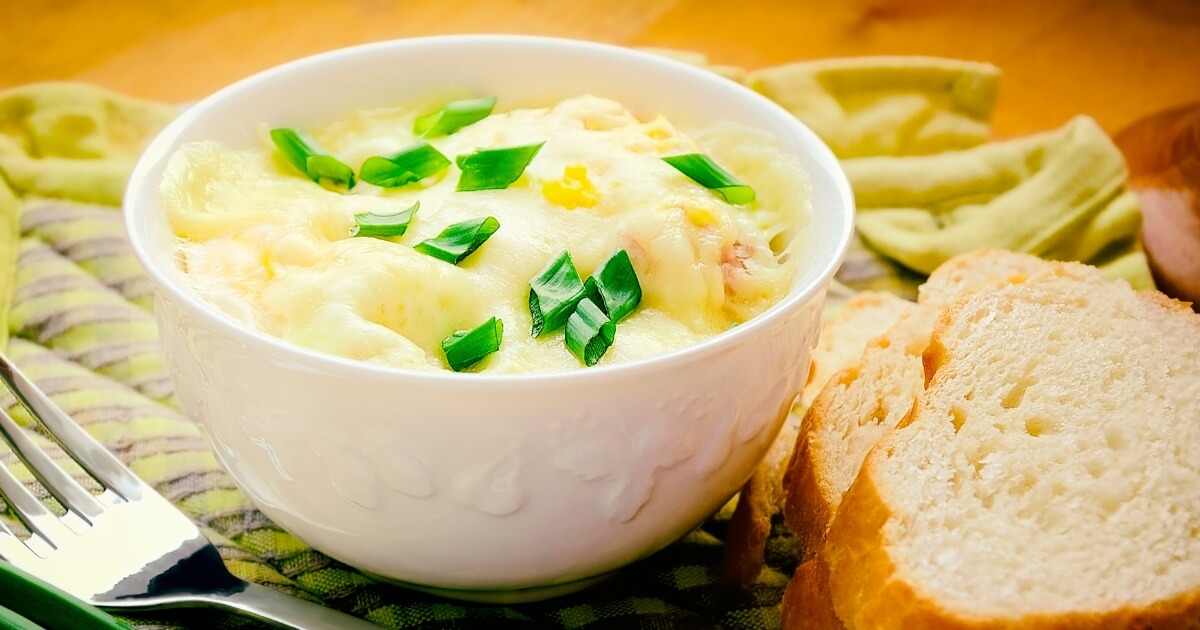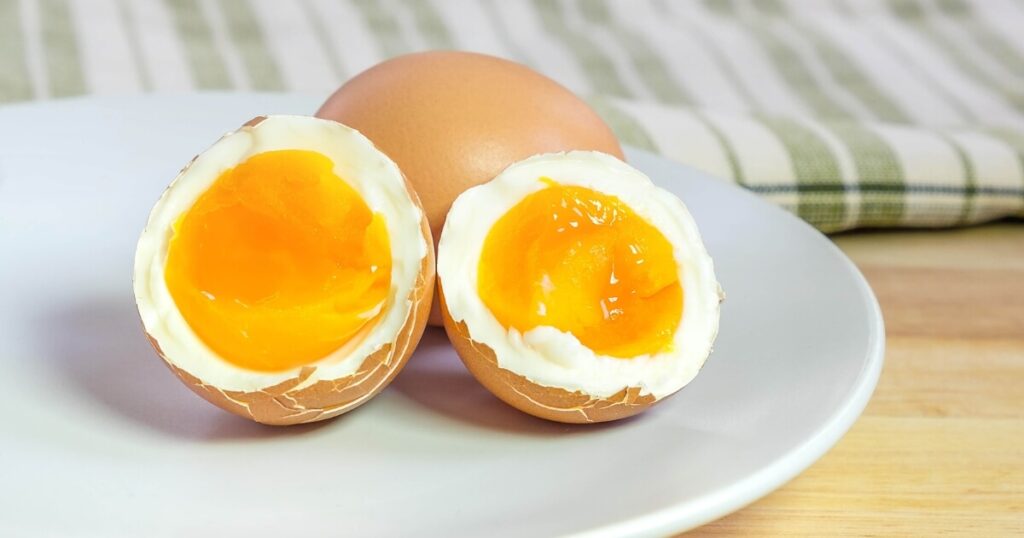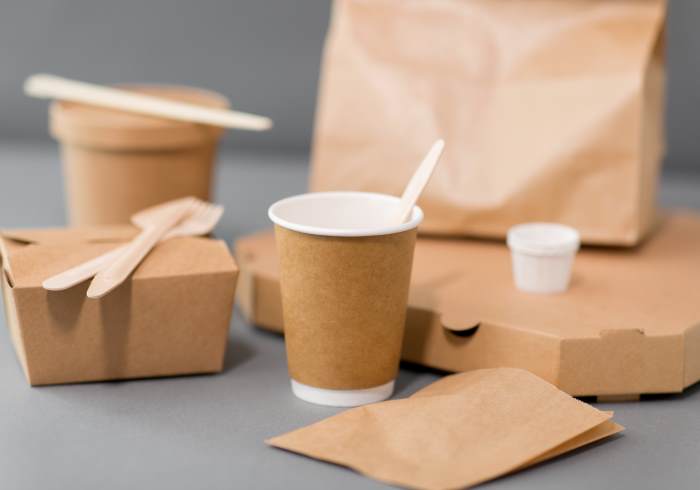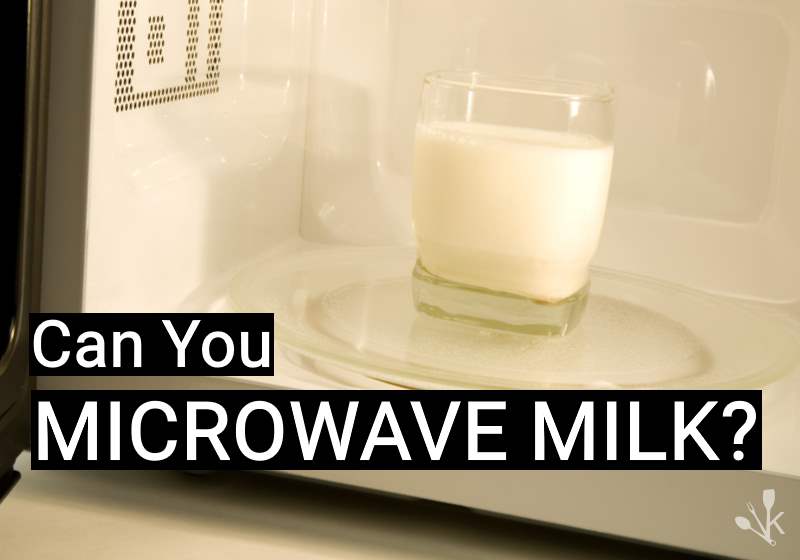Although serious chefs may turn their noses up at the idea of using a microwave to cook eggs, this is a great, quick and convenient cooking method that can produce delicious eggs in various styles.
Although it may take a bit of experimentation at the beginning to cook your eggs just the way you like them, once you have it figured out, you’ll be enjoying breakfast or lunch, and dinner in a matter of minutes.

Every microwave is different, so work with the advice below and tailor it to your model and cook times.
In this guide, you will learn how to make an omelet, scrambled, poached, hard-boiled, and soft-boiled eggs in a microwave.
Caution: Microwave eggs are dangerous!
Moisture and steam that builds up inside cooked eggs can be released quickly and violently, with the potential for some scalding hot explosions.
Microwaving an egg in the shell increases this potential. These explosions can cause serious injury.
I recommend letting your hot eggs rest in the microwave before stirring or attempting to move them.
How To Make An Omelet In The Microwave

Ingredients:
- 2 eggs (or 3 to 4 egg whites)
- 1 slice of cheddar cheese
- Pinch of salt & pepper to taste
Optional: ham, onions, bell peppers
Directions:
- Spray the inside of a microwave-safe container with non-stick cooking spray.
- Crack your eggs into the container, discarding the shells. Stir gently with a fork until your eggs are just mixed. If using egg whites, separate the yolks and mix until they look uniform.
- Season with salt, pepper, and optional ingredients.
- Cover the top of the container with plastic wrap.
- Ensure the microwave is set to HIGH and cook for 30 seconds.
- Remove the container and check to see if your eggs need more cooking time. At this point, the top of the mixture will probably appear wet or runny. If so, heat for another 15 seconds, check, and repeat until your eggs are completely solid or appear cooked.
- Place a slice of cheddar cheese over half of the omelet.
- Carefully fold the other half over the cheddar cheese, cushioning it in the middle. You may need to microwave for another 15 seconds to melt the cheese if your microwave eggs have cooled down too much.
Notes:
I recommend using a rectangular container. This makes it easier to place the cheese on one side and flip half of the cooked egg on top to form a Japanese-style omelet.
There are other omelet variations, such as mixing all your ingredients together and microwaving in a mason jar or mug. Technically, that creation is more like a frittata, but still a tasty option!
How To Make Scrambled Eggs In The Microwave

Making scrambled eggs in the microwave is really simple. It will take you less than 2 minutes to complete this recipe for those needing a quick breakfast.
Ingredients:
- 2 eggs
- 2 tablespoons of milk
- Salt & pepper to taste
Optional: cheese, herbs
Directions:
- Spray a microwave-safe bowl with cooking spray or rub with butter.
- Break your eggs into the bowl and mix with milk until blended.
- Microwave for 45 seconds.
- Remove the hot bowl using heat resistant gloves. Solids will have formed at the base, so you need to stir gently to even out the contents.
- Place back in the microwave and cook for another 30-45 seconds.
- Repeat until your microwave eggs are cooked.
- Remove from the microwave and add a pinch of salt and pepper to taste.
Notes:
For additional flavor, try experimenting with adding cheese or herbs to your scrambled eggs part-way through the cooking process.
How To Poach An Egg In The Microwave

Poaching an egg in the traditional style on a stovetop typically takes a lot of practice to perfect. With this method, you can nail the perfect poached egg every time!
Ingredients:
- 2 eggs
- Season with salt & black pepper to taste
- 1/4 cup water (enough to allow your egg(s) to be submerged)
- Vinegar (1 tsp.)
Optional: cheese, herbs
Directions:
- In a microwave-safe container, add the cold water and vinegar.
- Carefully crack and add the egg(s) to the container. Be careful not to break the yolk.
- Cover the bowl with plastic wrap.
- Set your microwave at 50% to 80% power and microwave for 1 minute. This is where a bit of experimentation comes into play with regard to power and time settings.
- If, after 1 minute, your egg(s) needs more time, try microwaving at 15-second intervals until you are satisfied.
- Remove from the microwave and use a slotted spoon to carefully remove your poached egg(s) from the liquid.
Notes:
This method is very easy and fast. Keeping an eye on your cooking times is essential to ensure that you don’t overcook your egg.
Once you figure out your microwave’s optimal time and power settings, you will have your poaching formula down to a fine art.
How To Boil Eggs In The Microwave (Hard And Soft)

Along with poaching eggs, cooking hard and soft-boiled eggs to perfection also takes some skill and patience. Making boiled eggs in the microwave gives you control over time and power levels, which can be tricky to master on a stove.
The only problem with this method is the potential for an egg explosion, so you need to be extremely careful.
Ingredients:
- 1 egg
- Water
Directions:
- You will need a deep container to allow your egg to be fully submerged in the water.
- Pre-boil the water and add your egg to the container. Starting with hot water reduces the risk of the pressure build up inside the egg. This is because water boils more quickly than the liquid inside the egg.
- Optional: Pierce the egg in a couple of different places using a paper clip. Pricking the egg will help reduce the pressure that can accumulate once you start cooking.
- Put the egg in the hot water. Again, ensure that it is fully submerged.
- Cover the top of the container with a plate in case there is an explosion. This will help contain a potential mess and act to insulate the container, boiling the water faster.
- Microwave the egg for 1 minute for soft-boiled eggs with runny yolks. If you prefer hard-boiled eggs, try for 1 minute 20 seconds. To begin with, this will take a bit of experimentation.
- Let the egg rest to finish the cooking process. This can take up to 5 minutes, depending on what firmness you prefer.
- Place your egg in cold water to stop the cooking process.
- Once cool, peel carefully.
Notes:
You can also make hard or soft-boiled eggs by carefully cracking an egg into a ramekin with butter and microwaving for less than 1 minute or until your desired level of firmness. This is a safer option but not as fancy or easy to transport as an egg within a shell.











